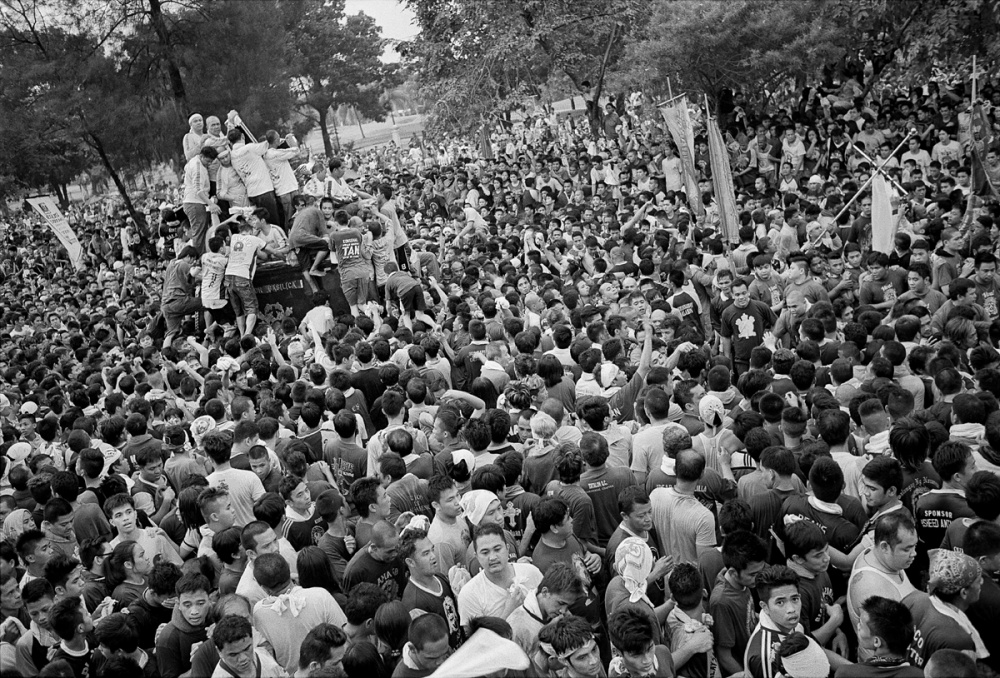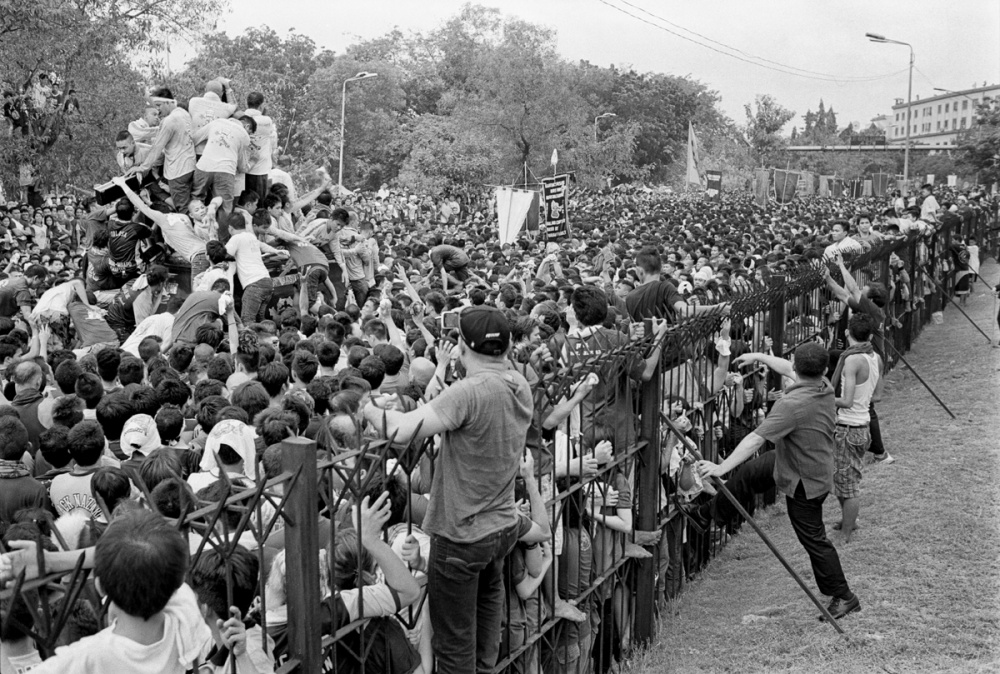THE FEAST OF THE BLACK NAZARENE
The Philippines has the third largest number of Catholic citizens in the world after Brazil and Mexico with an estimate of 75.5 million members.
Every 9th of January, millions of Filipino Catholic devotees join the annual procession of the image of the Black Nazarene in Manila’s Quiapo district.
Barefoot and mostly maroon-clad, they flock around the carriage carrying the wooden, life-sized black statue of Jesus Christ, believing that a slight touch of the statue or even the rope pulling the carriage would bless them, grant their wishes, and heal their illnesses and those of their relatives.
Religious veneration of the Black Nazarene is rooted among Filipinos who identify themselves with the Passion of Jesus Christ with many of them relating their poverty and daily struggles to the Passion of Christ as represented by the image.
The statue was made by an anonymous Mexican sculptor and arrived in Manila via galleon from Acapulco, Mexico in the early 1600`s. It is an image of Jesus kneeling with a heavy cross and the folk tradition attributes the dark colour of the statue to a fire on the ship that charred the originally white skin.
The statue is placed on a carriage, also called “andas” and is paraded through crowds of shoving and staggering devotees in a procession that commemorates the “traslacion” or the transfer of image from Rizal Park to Quiapo Church in the heart of Manila.
Crowds of spectators shout “Viva Señor” and throw white towels and handkerchiefs to those on the carriage for them to wipe on the statue in the hope of carrying most of its healing powers.
Some devotees proudly display their replica statues during the feast that is often described as lively and with an atmosphere of camaraderie.
In 2013, the procession lasted for 18 hours and an estimated 9 million people were reported to have shown up during the procession.

















